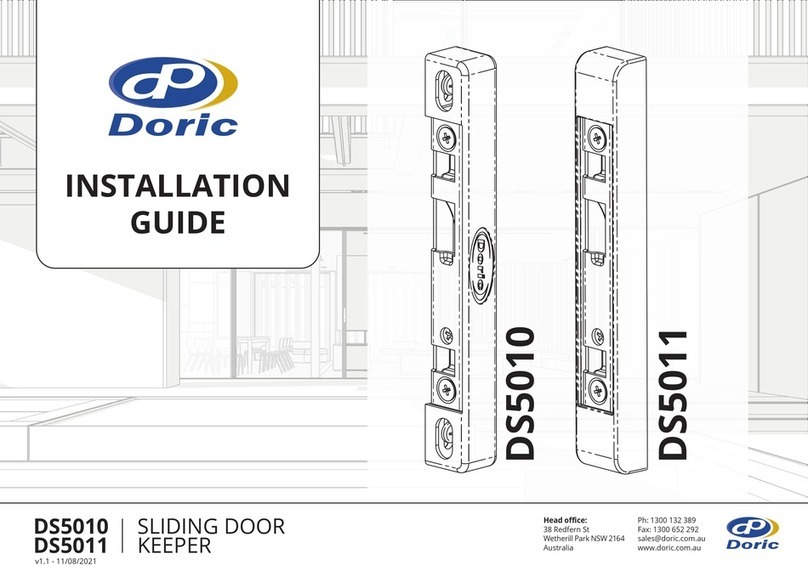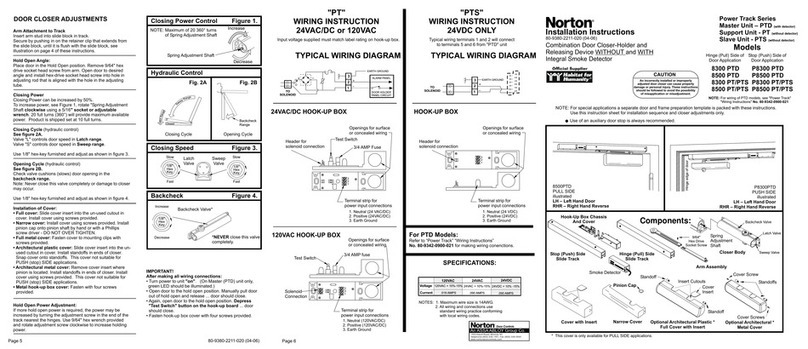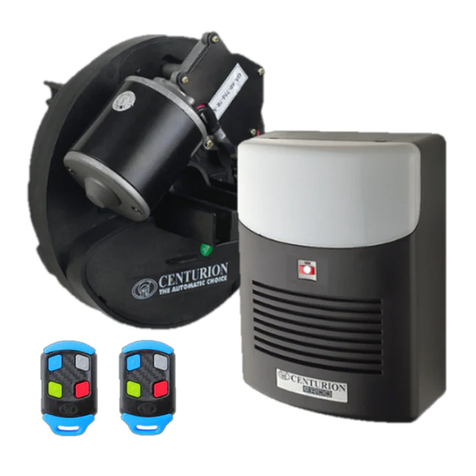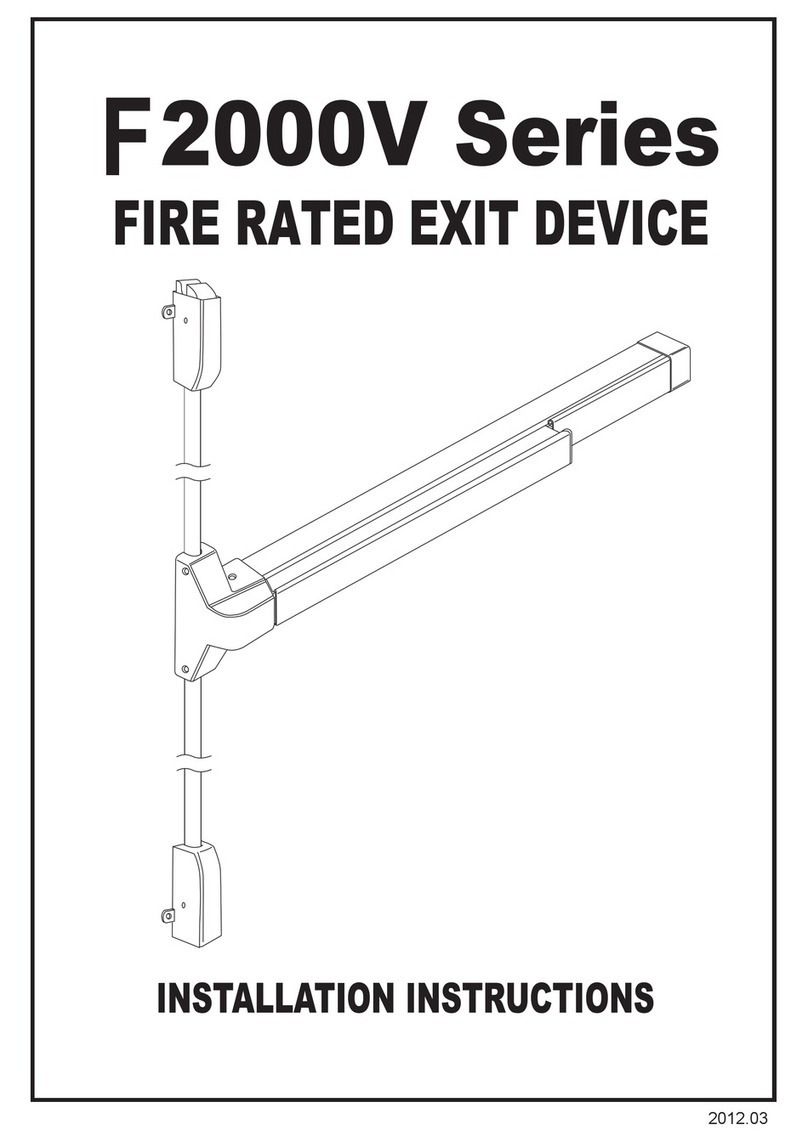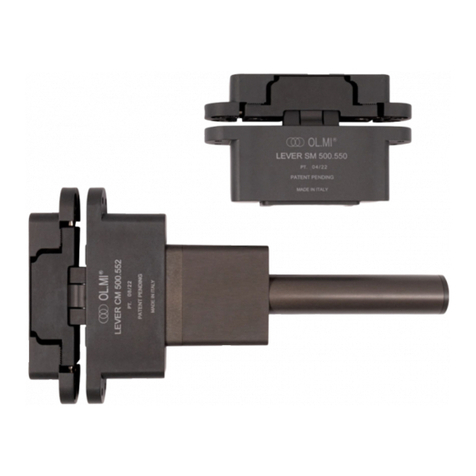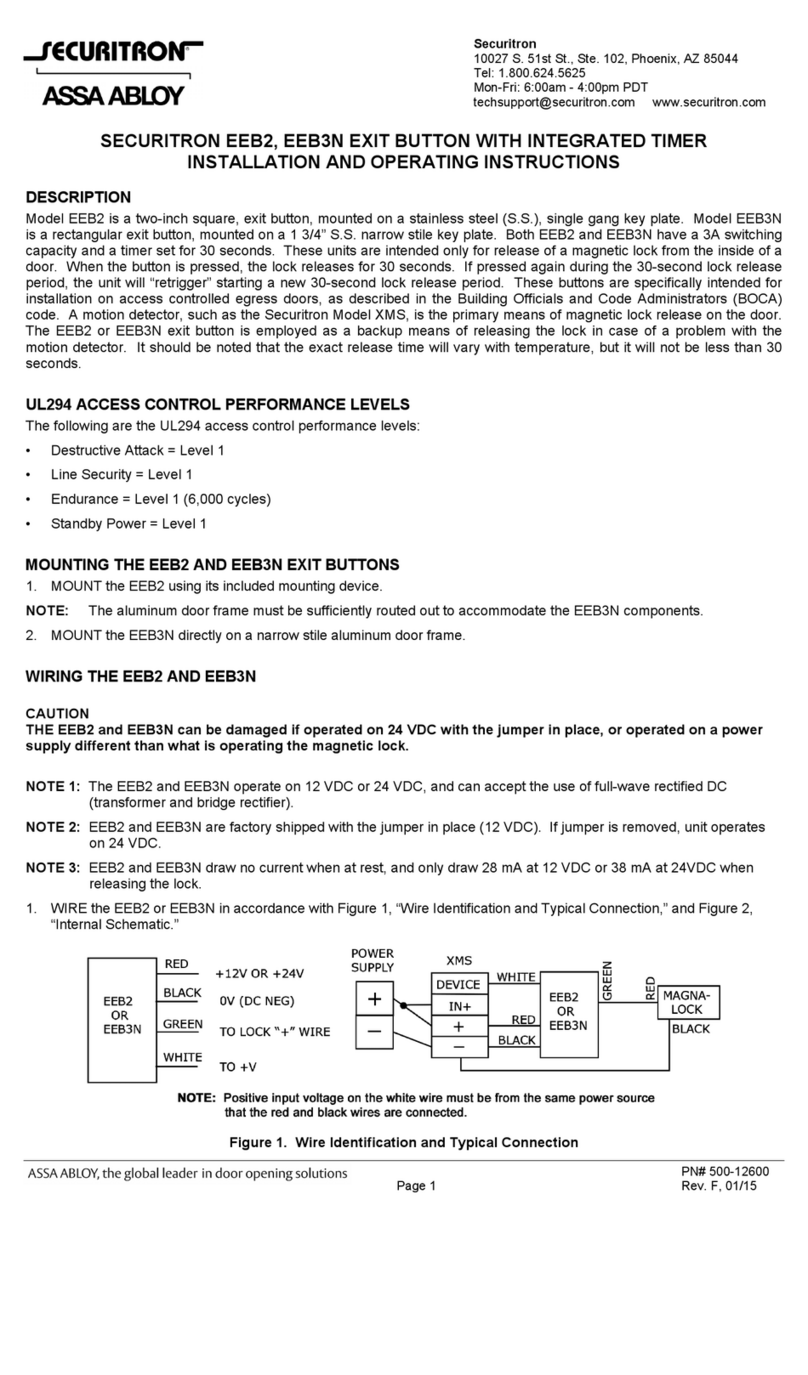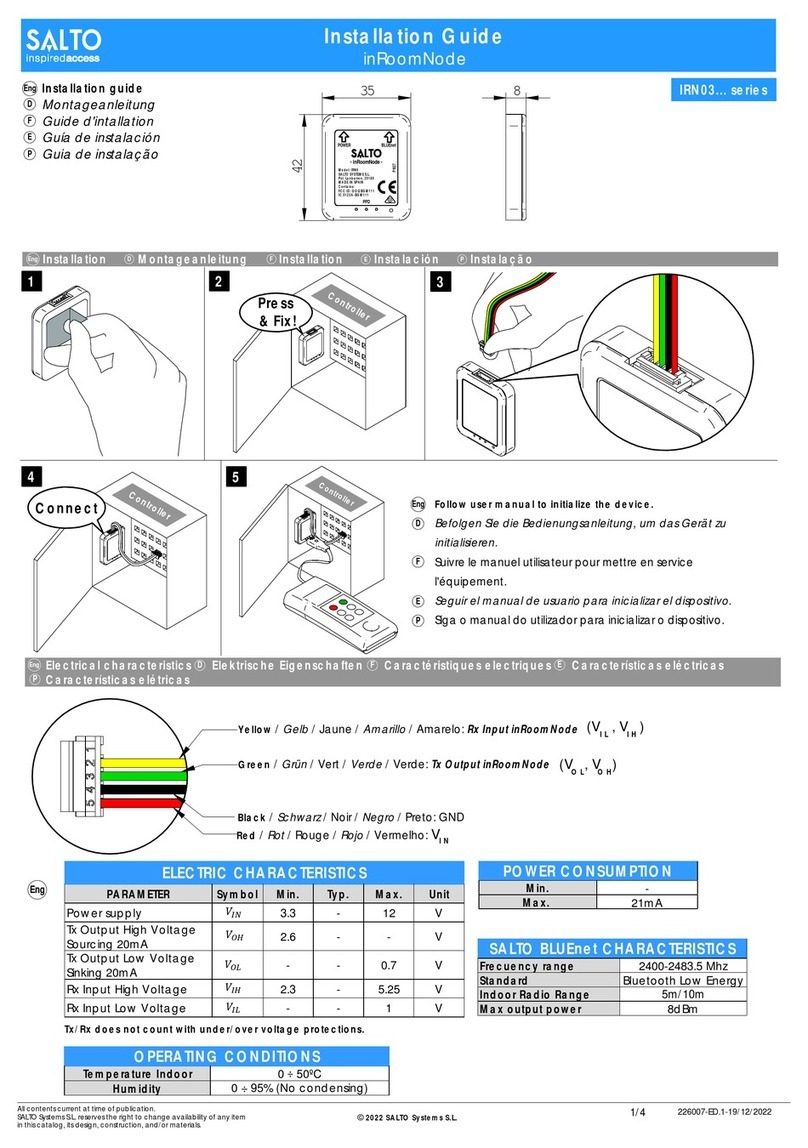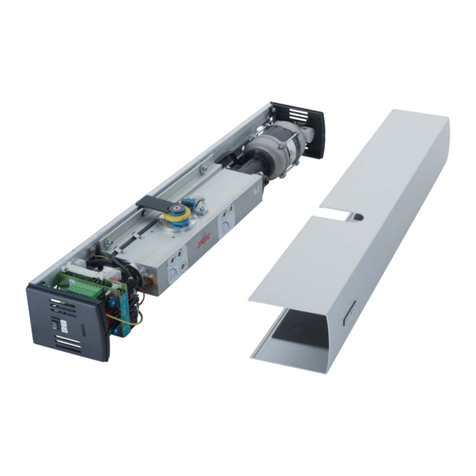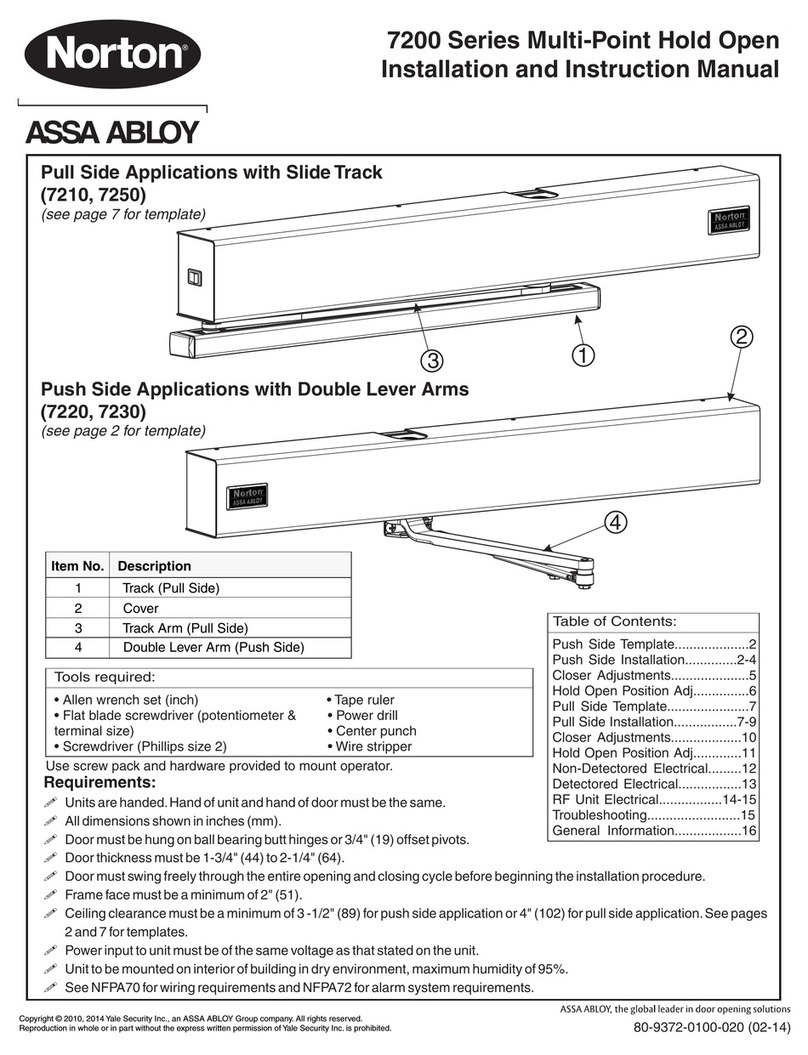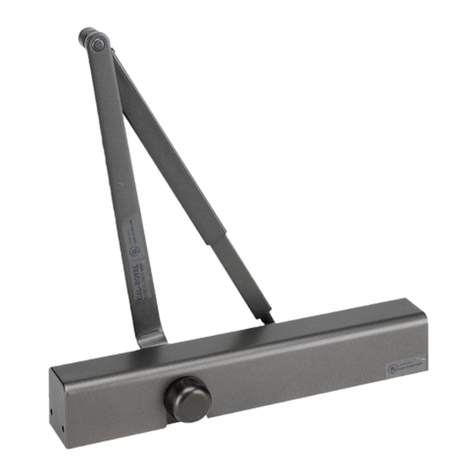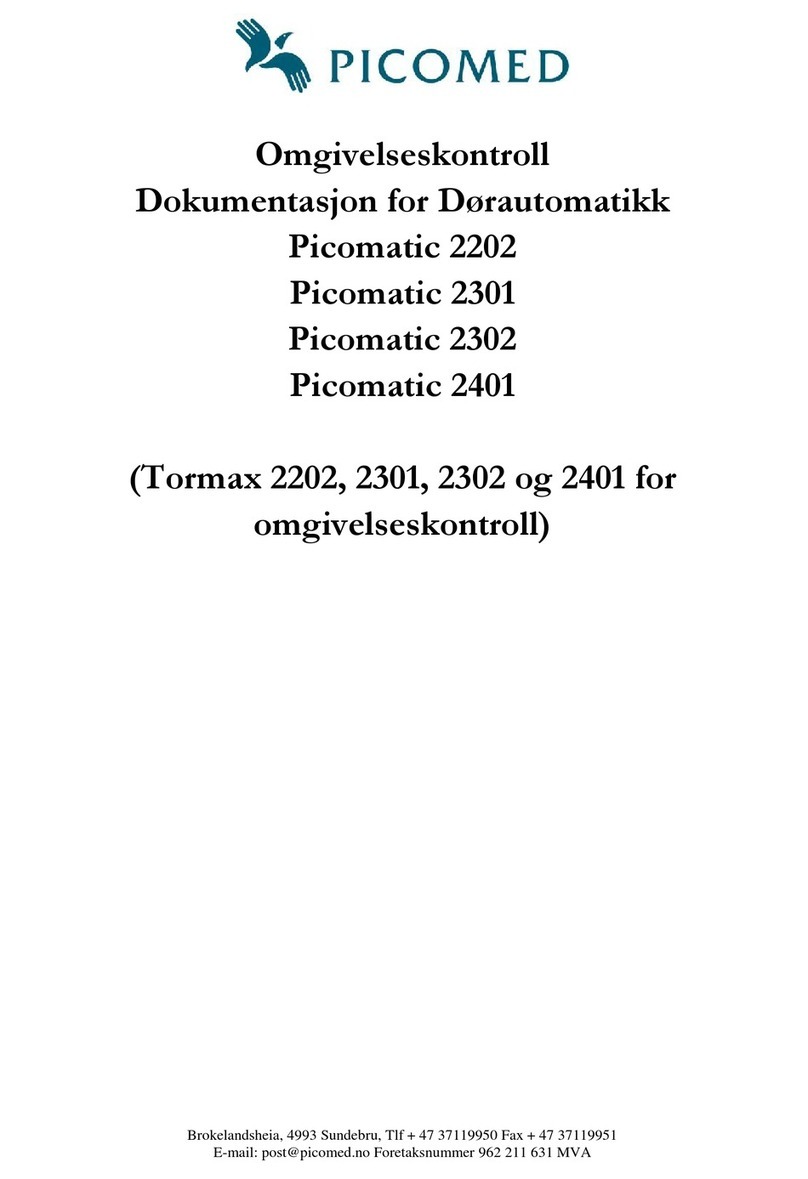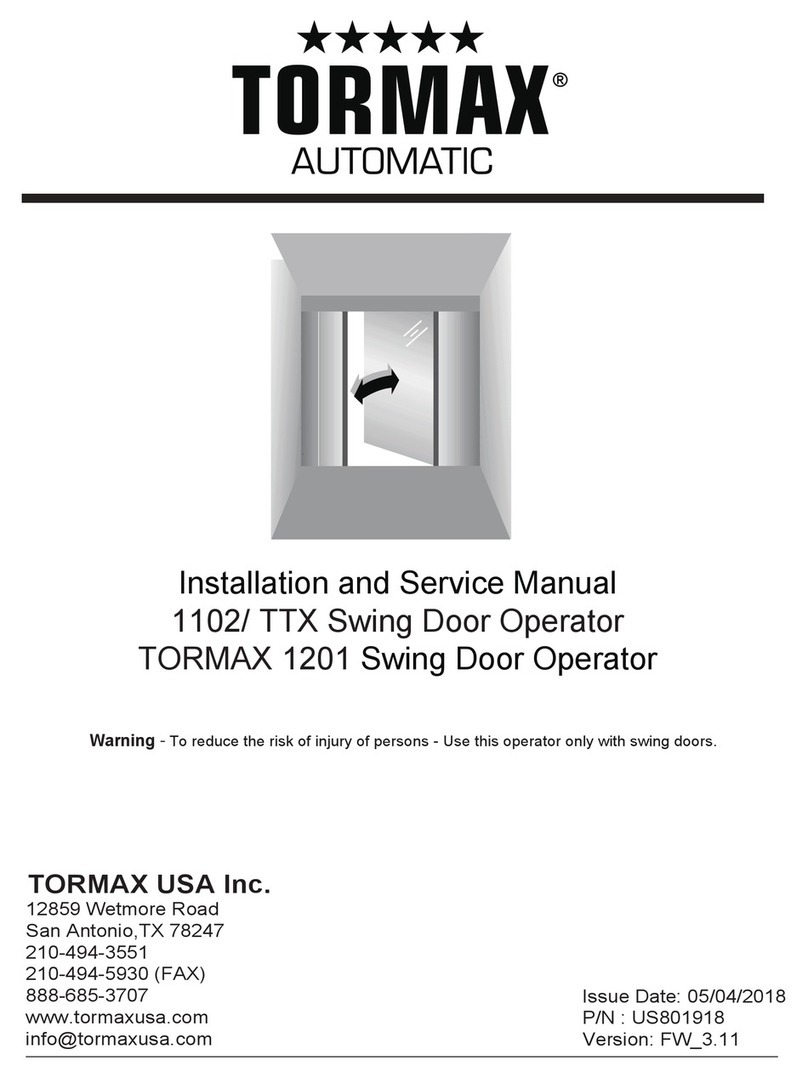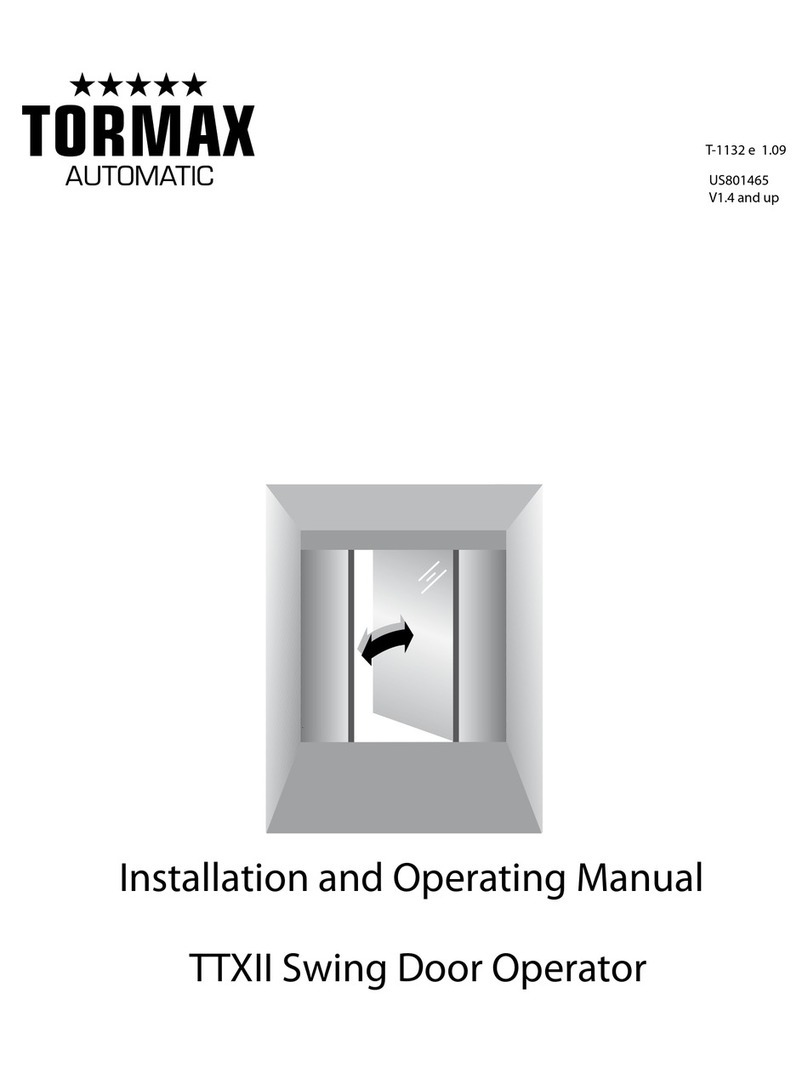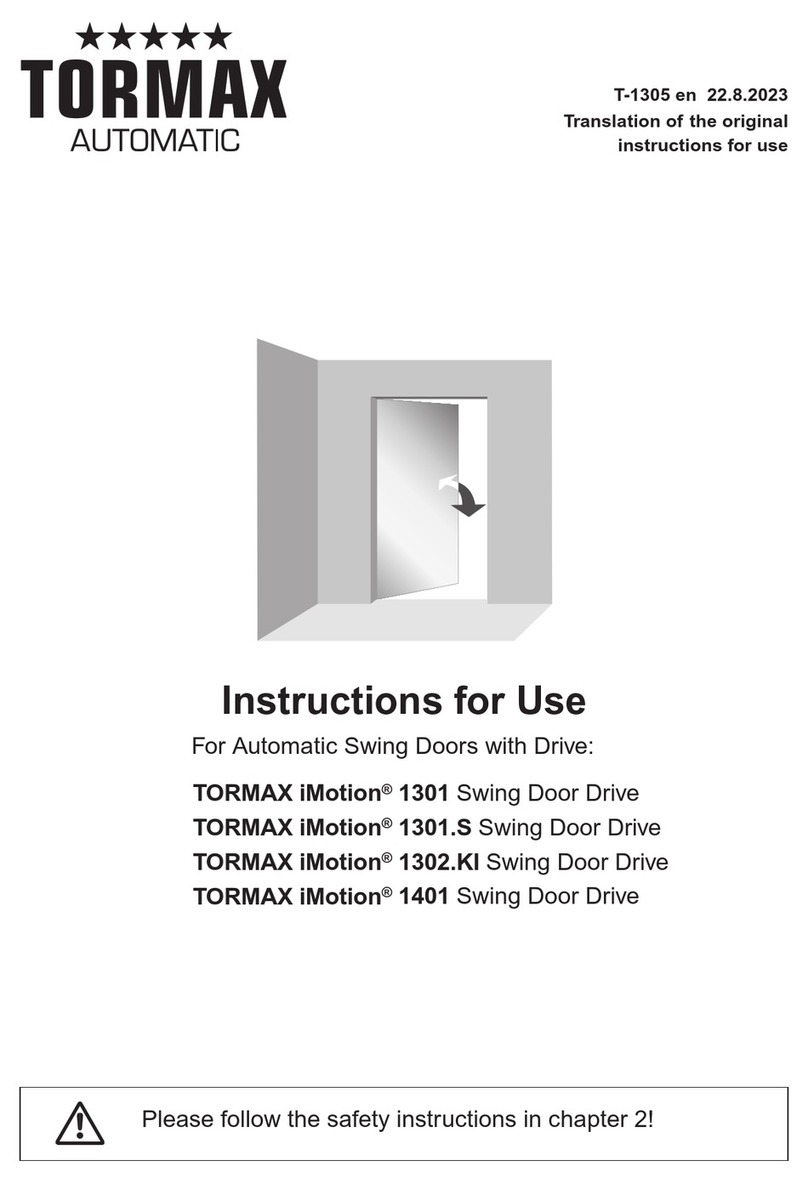
Instructions for Use TORMAX 1102, 1201 T-1661 e 19
7 Appendix
7.1 Fault Table
System Behaviour No. Cause Remedy/ Rectification
Note in the event of el-
evated motor load.
H17
H74
Drive is heavily loaded in the open
position by a soft stop or wind
load.
Remove the obstruction in the re-
gion of the open stop. Avoid wind
load.
The door stops when
opening.
H31 Electronic obstacle recognition
caused by persons, wind pressure
and ventilation when opening.
Remove the obstruction.
Avoid drafts.
Door reverses when clos-
ing.
H32 Electronic obstacle recognition
caused by persons, wind pressure
and ventilation when closing.
Remove the obstruction.
Avoid drafts.
The door stops repeat-
edly when opening.
The door stands still.
H33 Electronic obstacle recognition on
opening in the same position by
stationary obstacle.
Remove the obstruction.
The door stops repeat-
edly when closing.
The door stands still.
H34 Electronic obstacle recognition on
closing in the same position by sta-
tionary obstacle.
Remove the obstruction.
Search run notified. H62
H67
Search run of the door after a reset
or after power recovery.
Allow the search run to travel its full
course.
Door remains open or is in
operation again.
H71 System is in battery operation. Pause / ensure mains power supply
is connected.
Door remains closed. –
E11
E12
Operating mode for example OFF,
EXIT or P. The door is prevented
from moving by the lock.
Motor lock will not unlock
will not lock
E.g. select operating mode AUTO-
MATIC. Unlock the lock. Push the
door closed briefly.
Prevent wind load on the door leaf.
Remove obstruction in the closed
position area.
The door remains open. – Operating mode OPEN or the door
is obstructed in the open position.
E.g. select operating mode AUTO-
MATIC. Remove the obstruction.
The door remains closed.
The door moves slowly.
E31 The safety facility in the opening
direction is permanently active
(>1minute)ordefective.
Remove objects from within the
range of the sensor(s).
The door remains open
or closed. The door
moves slowly.
E32 The safety facility in the closing di-
rection is permanently active
(>1minute)ordefective.
Remove objects from within the
range of the sensor(s).
The door does not open
or does not close.
E33 The safety facility for the swing area
ispermanentlyactive(>1minute)or
defective.
Remove objects from within the
range of the sensor(s).
The door does not open
or does not close.
E34 The stop safety facility is perma-
nently active (>1 minute) or defec-
tive.
Remove objects from within the
range of the sensor(s).
The door opens slowly. E35
E37
The safety facility in the opening
direction is permanently active
(>1minute)ordefective.
Remove objects from the sensor
area.
The door closes slowly E36
E38
The safety facility in the closing di-
rection is permanently active
(>1minute)ordefective.
Remove objects from the sensor
area.
The door remains open. E41
E42
E43
Activatorinsideisactive>1min.
Activatoroutsideisactive>1min.
Keyswitchisactive>1min.
Get sensor adjusted by a skilled
person.
Reset the key switch.





















